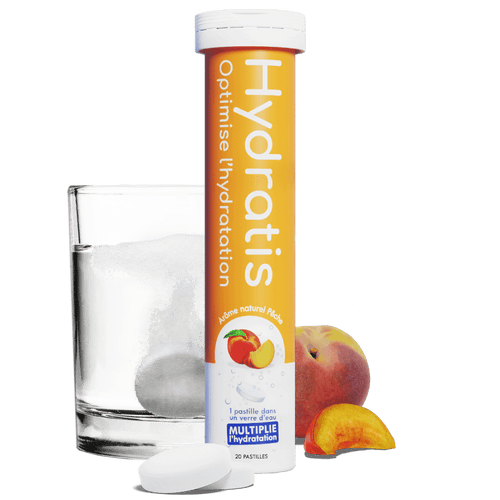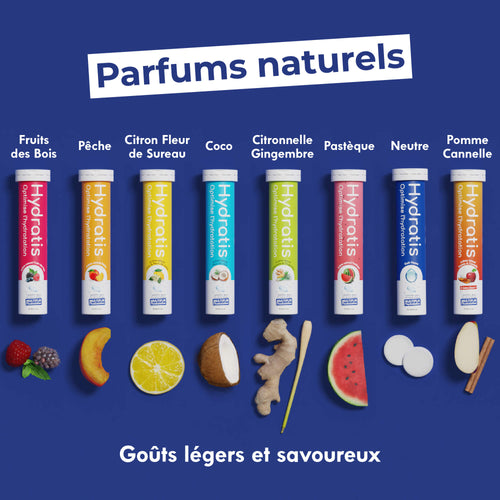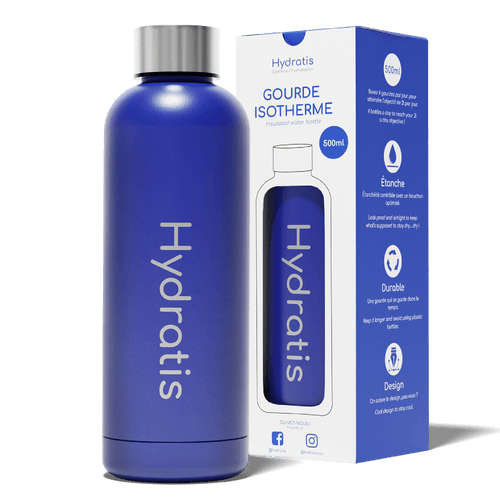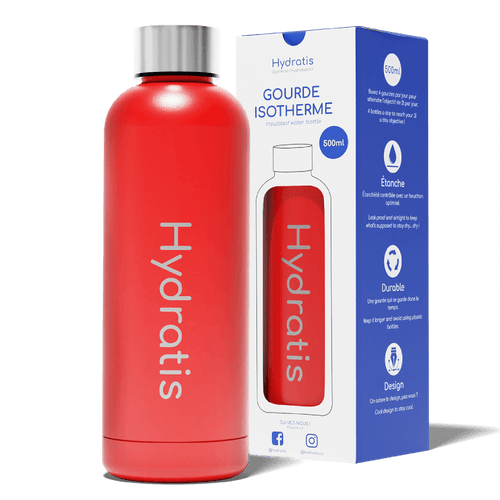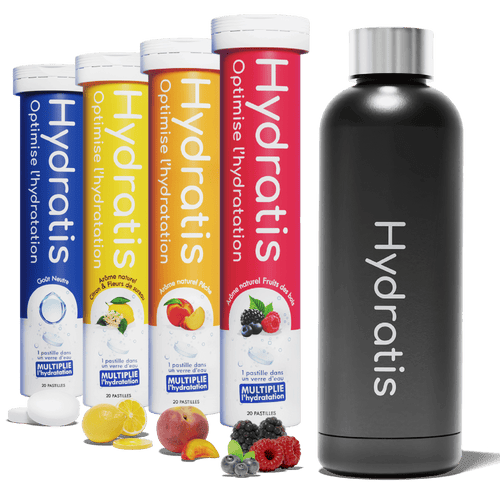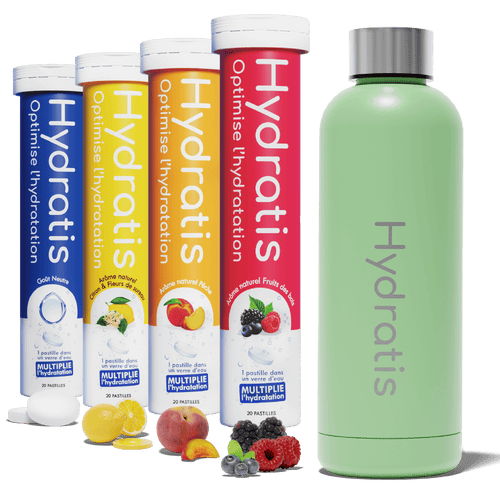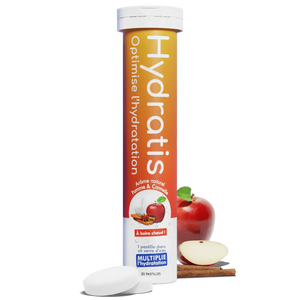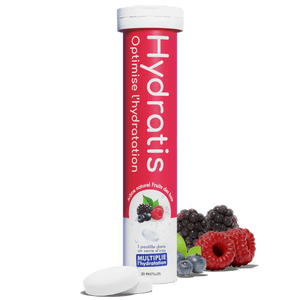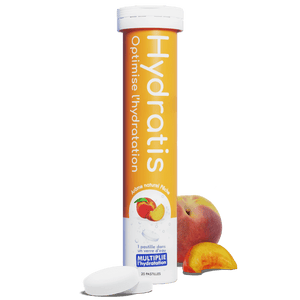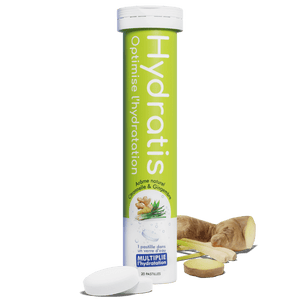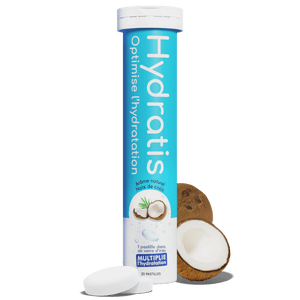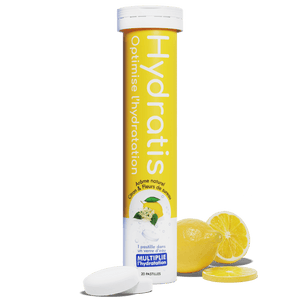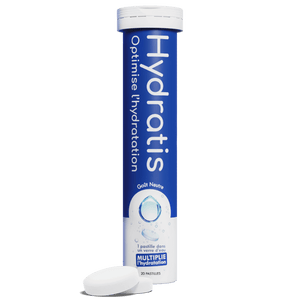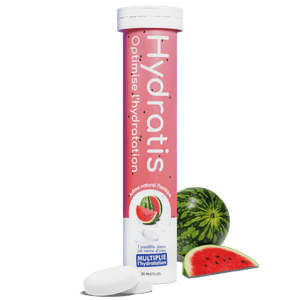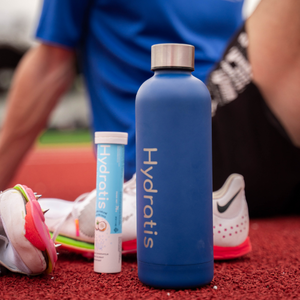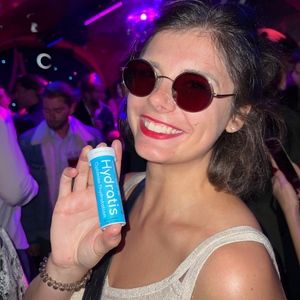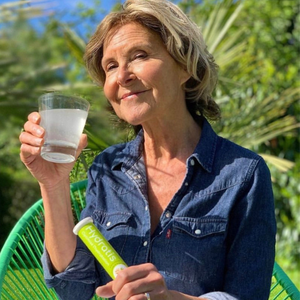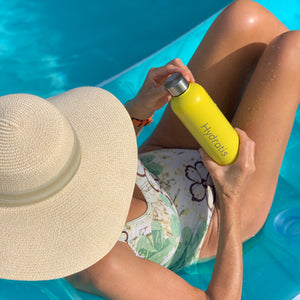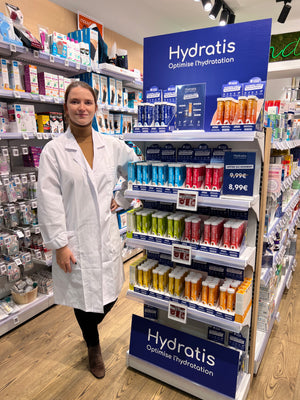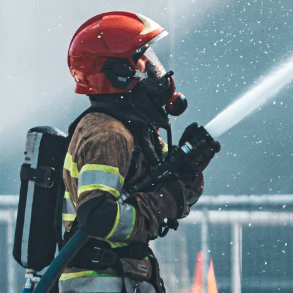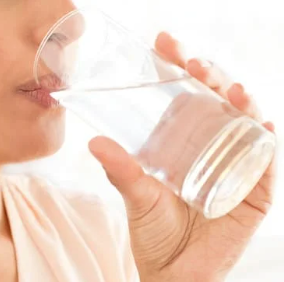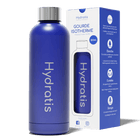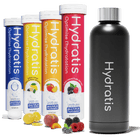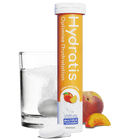
For a vacation or a business trip, we are increasingly required to travel, by car or public transport. In heated or air-conditioned spaces, temperatures are optimized so that we can enjoy a trip in good conditions. However, have you ever felt that feeling of dry skin or thirst after a train or plane trip? Air conditioning and overheated spaces deprive the eyes and mucous membranes of necessary humidity.
Why the air is drier during travel
In an airplane, when we are tens of kilometers high, the air comes from two places: on the one hand the air in the cabin is recycled (around 70% of the air), and on the other hand from the outside, renewing the air by 30%.
However, the atmosphere is drier at high altitude (drier than in the desert!). This results in a cabin hygrometry (measurement of the degree of humidity in the atmosphere) of 10%, whereas in everyday life, in France for example, the hygrometry is around 60%. Thus, the humidity level in the cabin is very low. Humidification systems tend to raise the humidity level for the comfort of passengers, but this remains insufficient and does not exceed 25%.
On the train, there is a heating or air conditioning system which varies depending on the season, sunshine or attendance. The air conditioning is constantly running. However, one of the principles of air conditioning is to cool the air and dry it, allowing in small spaces like the train to absorb the ambient humidity created by the activity of passengers.
This low humidity, circulating air is good for keeping the air clean, but it does not promote water balance in our bodies.
In the car, the air conditioning is stronger in the front than in the rear. If it is aimed at your face, the dry air will dry out your eyes. The best seats are located at the rear, and allow you to benefit from optimal thermal comfort.
We are therefore constantly exposed to variations in temperature and humidity during a trip. In this way, we frequently observe a change in our body water content, sometimes leading to discomfort linked to dehydration.
How our body becomes dehydrated
When the air around us is dry, meaning it has low humidity, the water in our body is attracted to the drier air molecules in the atmosphere. We could compare this to the principle of evaporation for example. Thus, during a flight, whether it is 2 hours or 12 hours, our body will lose its water, to the benefit of the air present in the cabin. So, generally speaking, the body is dehydrated, causing dryness of the skin and mucous membranes.
Another phenomenon occurs, such as air conditioning directed directly towards the face, causing dry eyes, especially in people wearing lenses: the air sent will affect the lipid layer of the tear film of the eye, a natural protective barrier. Once damaged, the water in the tear film evaporates, causing a feeling of discomfort and dryness.
In short, cooler and drier air accentuates the effect of water loss through the eyes and mucous membranes.
The effects of dehydration during travel
Air conditioning and overheated spaces deprive our bodies of necessary humidity. As a result, dry skin and chapped lips are commonly observed. Also, the nasal mucosa will be dried out, which to counterbalance the phenomenon will become a little more humid, potentially leading to rhinitis. Without this naturally produced moisture barrier, we will be more vulnerable to certain microbes. More generally, this dehydration will cause a feeling of fatigue.
In the car in particular, the danger of driving while dehydrated is omnipresent. Some studies claim that driving while dehydrated is just as dangerous as driving drunk. The consequences can be blurred vision, slow reflexes, dizziness, and generally a lack of concentration.
As a result, your mouth, nose, throat, eyes or even your skin will become dry, nothing serious. However, it is an uncomfortable feeling of fatigue and dehydration that is best avoided.
How to avoid dehydration while traveling
Before the journey.
The solutions are simple and diverse, and begin before the trip even begins. The best way is to make sure you drink 1.5 water a day, is it daily.
Additionally, a good travel kit should take your hydration into account. Before you leave, equip yourself with moisturizer and a lip stick. As for the plane, bring a bottle of water before boarding. If the discomfort due to dehydration is too great, bringing moisturizing eye drops and a nasal spray is recommended, helping to alleviate dry eyes and prevent nosebleeds. Do you have difficulty or do not like to drink water, do not feel thirsty or occasionally need better hydration? Hydratis will allow you to optimize the absorption of water by your body, thanks to a tablet in a glass of water, and will thus prevent dehydration for a trip in good conditions.
Prepare a healthy snack depending on the length of the trip: cucumber mixes and fresh fruit to help stay hydrated.
During the trip :
During the trip, drink at least 1L every 4 hours. As the risk of dehydration is greater when traveling, water intake must increase accordingly.
A diet rich in fresh fruits and vegetables will promote your hydration. On the other hand, snacks often offered such as peanuts or biscuits filled with salt, will cause a feeling of dehydration.
To avoid ruining all your efforts, say no to alcohol, whether in the 24 hours before or after the trip. Turning your attention to the offer of a glass of wine during the flight will do you a favor! In fact, alcohol causes a general state of dehydration (see hangover article).
For hydrated skin, from time to time apply a face cream or serum rich in oils to deeply hydrate the layers of your skin, along with a lip stick. In this way, tight skin and chapped lips will be nothing more than a bad memory.
Also, keeping low air conditioning aimed away from your face can help you avoid dry eyes and its associated symptoms.
After the trip:
Don't forget to drink at least 1 liter of water in the hours following disembarkation.
The benefits of Hydratis
To be optimally hydrated for a meeting on the other side of the world, or a family trip, Hydratis enriches your water and prevents the inconvenience of dehydration. Two Hydratis tablets in a bottle for the duration of the trip, and that’s it! Rich in mineral salts and trace elements, these tablets will lead to better water absorption. As a result, Hydratis will improve your body's protective mechanisms and relieve the feeling of fatigue or dry skin during a long ride.
